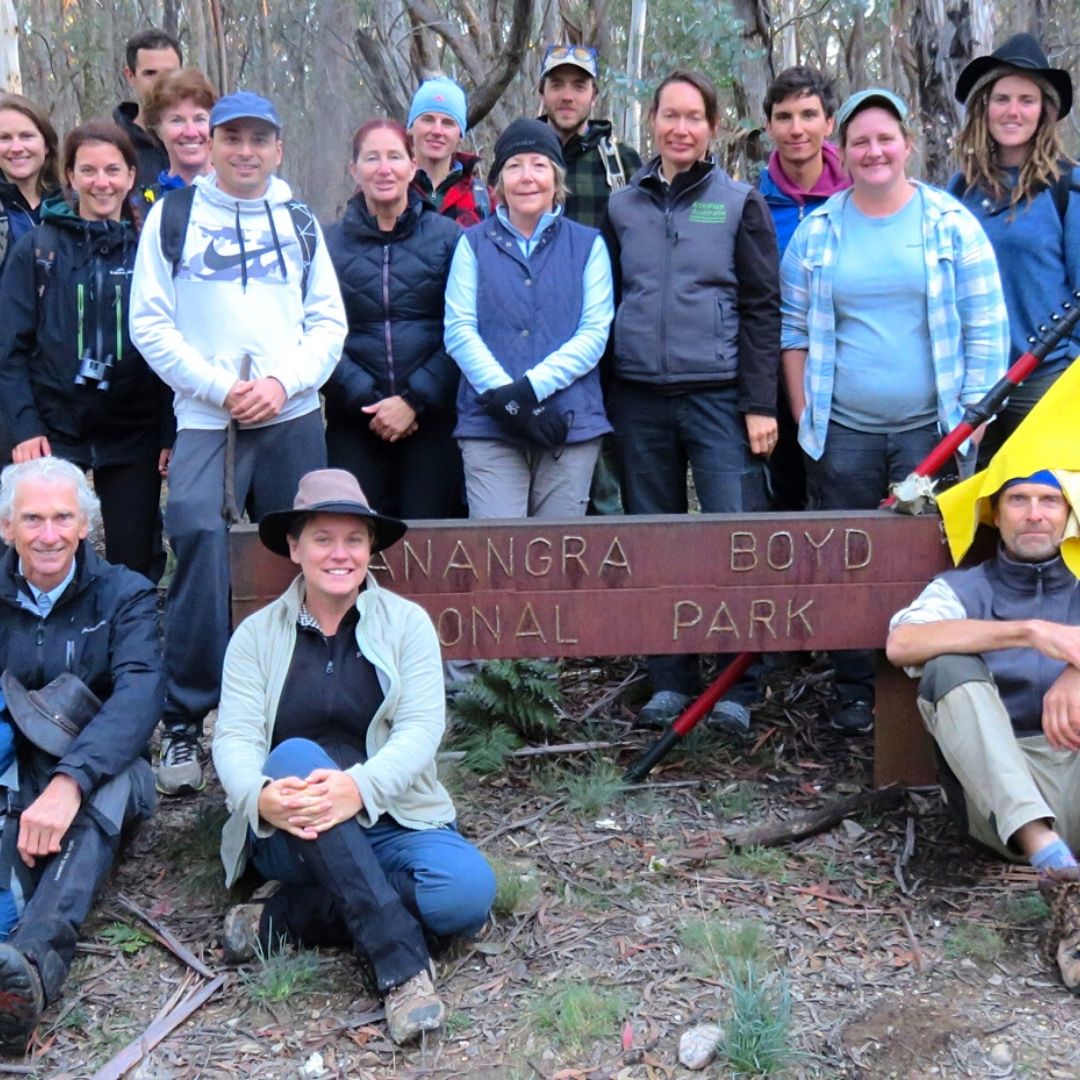A new app in development by Science For Wildlife — ‘Wildlife Near Me’ — equips kind-hearted bushfire volunteers with the right information to protect the vulnerable wildlife and habitats around them!


Bushfire Volunteers Can Accidentally Put Wildlife At Risk
We all know that education is key — no matter what you’re doing. The same applies to kind-hearted bushfire volunteers who bravely protect human lives, homes, wildlife, and habitats.
Uptake for volunteering in the Blue Mountains has gone through the roof following the Black Summer bushfires of 2019-2020.
There’s obviously a lot of knowledge involved in putting out fires, but volunteers also need to know how to protect the unique wildlife around them. “In some situations, a lack of evidence-based information and coordination prevented conservation efforts put wildlife and people at risk,” Dr Leigh said.
What Is The ‘Wildlife Near Me’ App?
To equip bushfire volunteers with the right information to protect wildlife around them, Science For Wildlife have developed a handy app called ‘Wildlife Near Me’. The app is very close to completion, thanks to a $300,000 grant from Landcare Led Bushfire Recovery Grants.
Dr Leigh said that she’s excited for the project to get off the ground! "Not only will communities learn what wildlife species live near them, but Wildlife Near Me will also ensure they have the tools to help conserve them. The system will provide a one-stop-shop for local communities to access information and opportunities to participate in wildlife and habitat conservation, from citizen science projects to volunteering and habitat restoration actions in the local area, along with maps of priority areas for different species.


Why Do Bushfire Volunteers Need This App?
In a crisis, volunteers do the best that they can to protect the people and wildlife around them. But, sometimes, these generous acts can inadvertently do more harm than good. Science For Wildlife have noted a few recent examples of hard-working volunteers accidentally harming wildlife that was already vulnerable from bushfires.
For example, an ill-informed member of the community left hundreds of sugary peanut butter oat balls onto a fireground in Victoria, which had the potential to fatally poison nearby wallabies. Containers of water have also been distributed in bushfire-impacted areas to help wildlife, which unfortunately led to the drowning of small reptiles. "Efforts need to be strategic and informed by science in order to build ecosystem resilience,” Dr Leigh said.


What Does Science For Wildlife Do?
Science For Wildlife is a not-for-profit wildlife conservation organisation based in the beautiful Blue Mountains. Their goal is to make sure that the best available science and technology is applied on the ground where it’s needed most!
Their work is conducted with researchers, university staff and students, land managers, community groups and volunteers to ensure that “experience and know-how are shared, and wildlife conservation is as effective as it can possibly be”.
Wildlife Near Me isn’t actually just for bushfire volunteers, it’s also for community members that want to protect the people, wildlife and habitats around them. Hopefully, the app will equip communities with the right information to do so — both in their emergency response and post-bushfire recovery!
Doesn’t this new app sound great? We think it’ll go a long way in preventing unnecessary harm to wildlife during and after bushfires. It’s all about giving volunteers and communities the right tools and the right information to maximise their efforts! If you’d like to learn more about the app, head to the Wildlife Near Me page on Science For Wildlife.
If you love seeing how technology can help people, animals and the environment, we think you’ll enjoy the blogs below!
These Solar-Powered Inventions Are Lifting People Out Of Poverty

